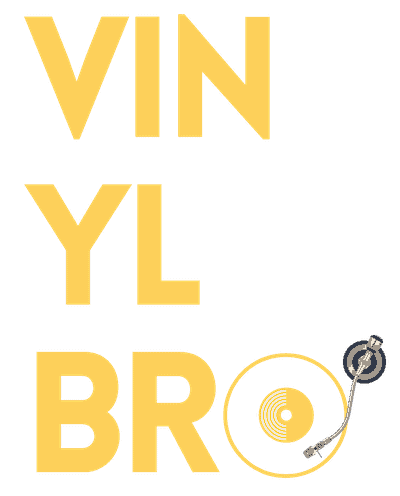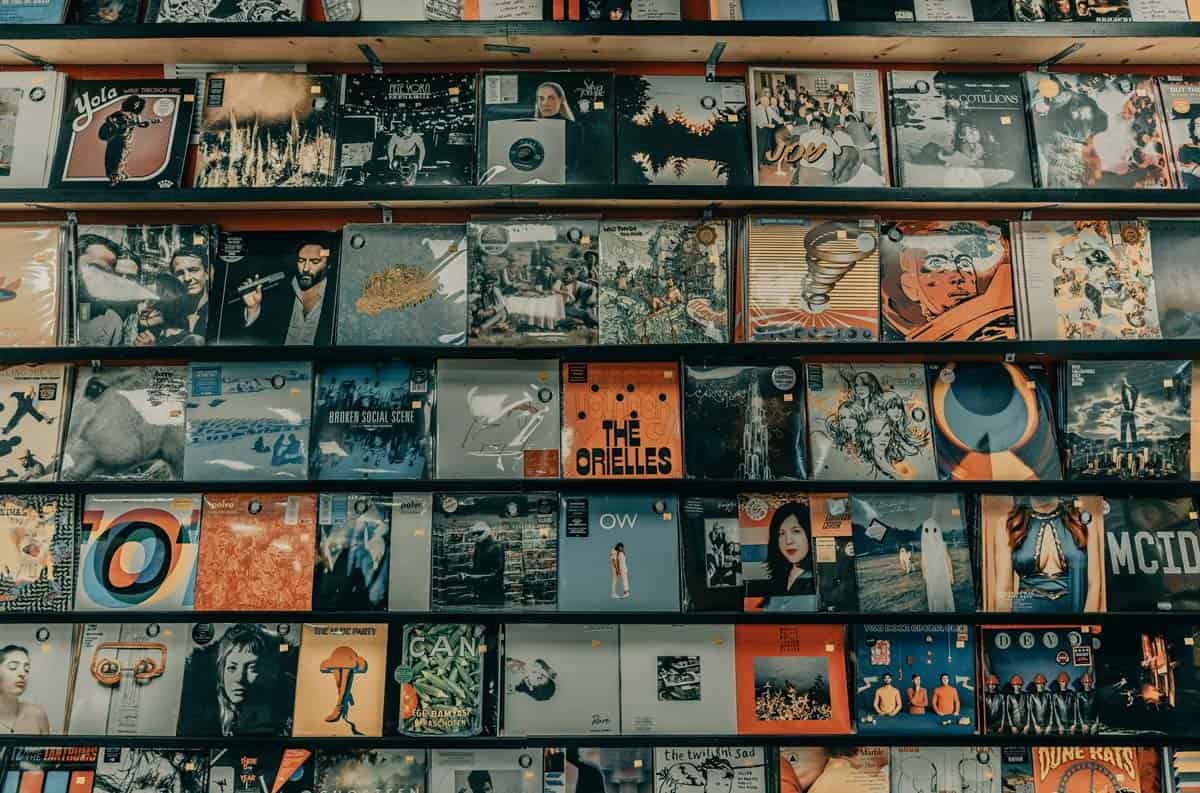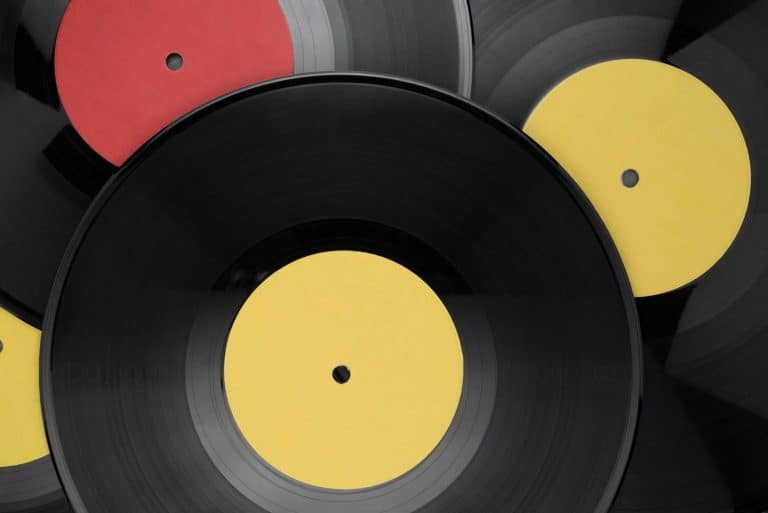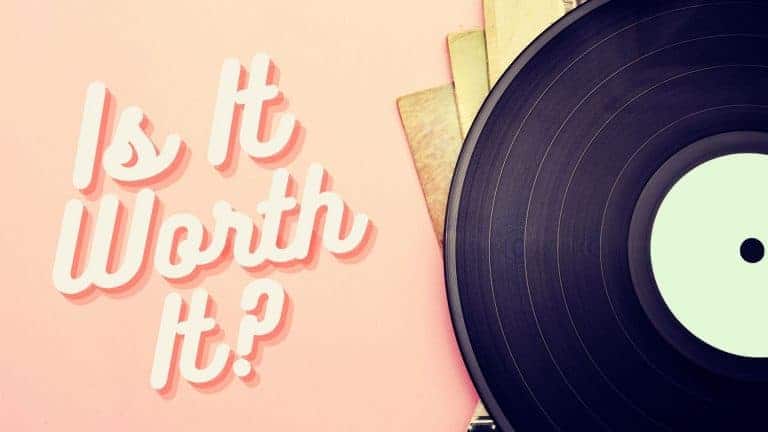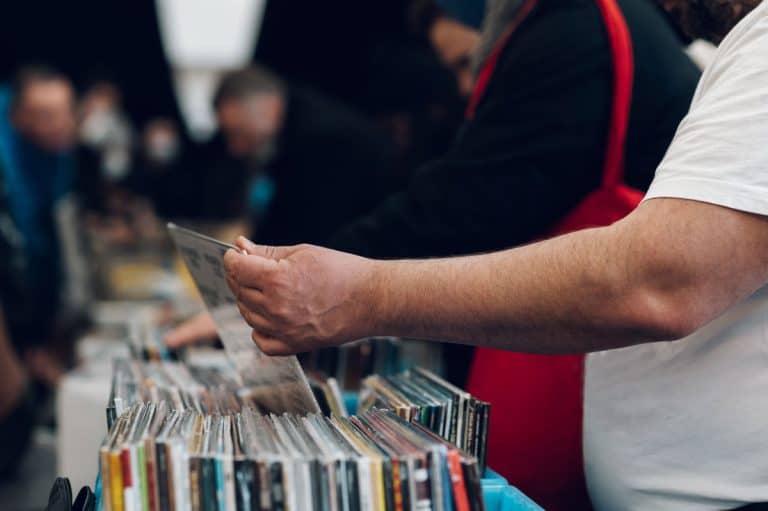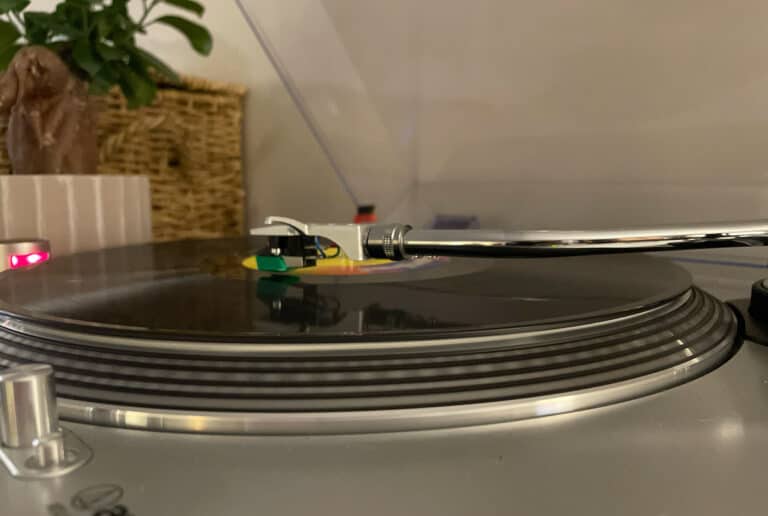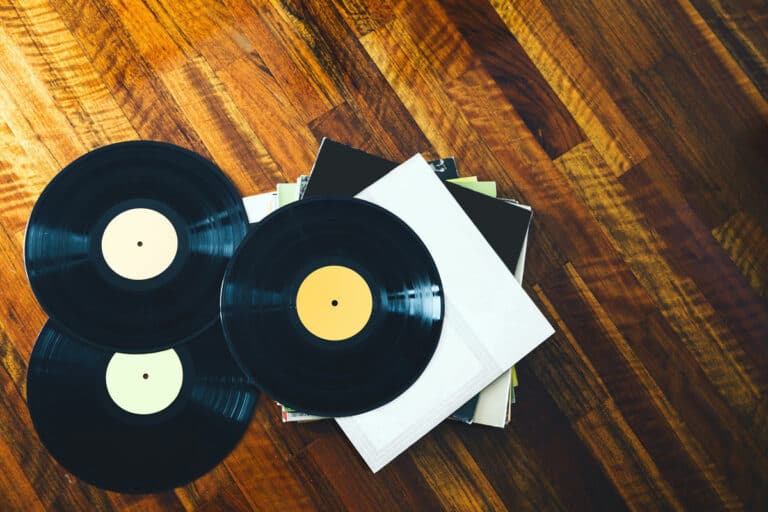The Art of Playing a Record: Easily Learn to Play a Vinyl Record
Music is a universal language that transcends boundaries, cultures, and time. For decades, enthusiasts have been captivated by the tactile experience and warm, resonant sound quality that comes from playing a record. Vinyl records, with their retro charm and high-fidelity sound, have experienced a resurgence in recent years. This resurgence has led to a renewed interest in understanding the art of playing a record. Whether you’re a seasoned audiophile or a newcomer to the world of vinyl, this comprehensive guide will illuminate the nuances of playing a record and guide you towards a richer, more immersive listening experience.
Playing a Record
To play a record, ensure your turntable is set up correctly. Adjust the speed to 33 1/3 RPM or 45 RPM, depending on the record. Place the record on the turntable and turn on the turn table so it spins. Gently lower the tonearm onto the record.
The Resurgence of Vinyl and The Joy of Playing a Record
Before we delve into the how-tos, it’s important to appreciate why vinyl records have made such a notable comeback. In an age dominated by digital music platforms, the physicality of a vinyl record brings a sense of nostalgia and a tangible connection to music. The process of playing a record—unsealing the cover, placing the vinyl on the turntable, gently lowering the needle—is a meditative practice that allows for a deep bond between the listener and the music.
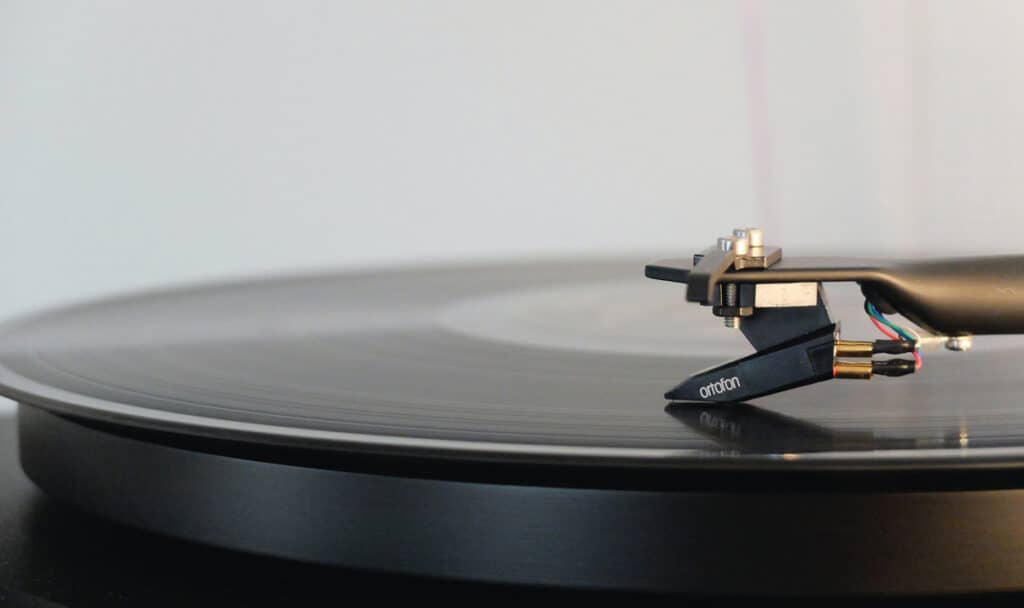
Understanding Your Record Player
A record player may appear complex at first glance, but once you understand its basic components, you’ll be better equipped to play a record. The turntable, platter, tonearm, stylus, cartridge, counterweight, and speed selector are the fundamental parts of a record player, each contributing to the overall operation and the sound output. Taking time to familiarize yourself with these components is the first step towards mastering the art of playing a record.
The Step-by-Step Process of Playing a Record
Even the act of playing a record can feel like a beautiful, calming ritual. Here are the steps:
- Handle with Care: First, gently remove the record from its sleeve, taking care not to touch the record’s grooves. Always hold your records by the edges and the labeled area to avoid contaminating the record with oils from your fingertips. If you do touch the grooves be sure to clean your vinyl before playing. We recommend this cleaning kit for beginners.
- Position the Record: Carefully place the record on the platter of your turntable, ensuring the spindle goes through the center hole. Records typically have two sides, labeled A & B (and possibly C & D for a double LP), offering you a selection of tracks.
- Set the Speed: Next, verify the speed of your record, which should be indicated on the label. Most 12-inch LPs are played at 33 1/3 RPM, while 7-inch singles are typically 45 RPM. Adjust the speed on your record player accordingly.
- Use the Cue Lever: If your record player features a cue lever, use it to raise and lower the tonearm gently. This tool allows you to place the stylus precisely without the risk of scratching your record.
- Begin Playback: Move the tonearm into position over the outside edge of the record or in the groove before the track you want to play. Start spinning the turntable. With the tonearm hovering over the edge of the record, carefully lower the stylus onto the spinning record. This initiates the magic, as the stylus picks up the analog audio information from the record’s grooves and converts it into music.
Delving Deeper: Tips and Techniques
Playing a record goes beyond these initial steps. There are techniques like correctly skipping tracks, adjusting tonearm balance, and properly cleaning your vinyl records that can enhance your listening experience and prolong the life of your records and equipment. Additionally, understanding the differences in operating manual versus automatic record players, or learning to use a record player with built-in speakers versus an external audio setup, can also be beneficial.
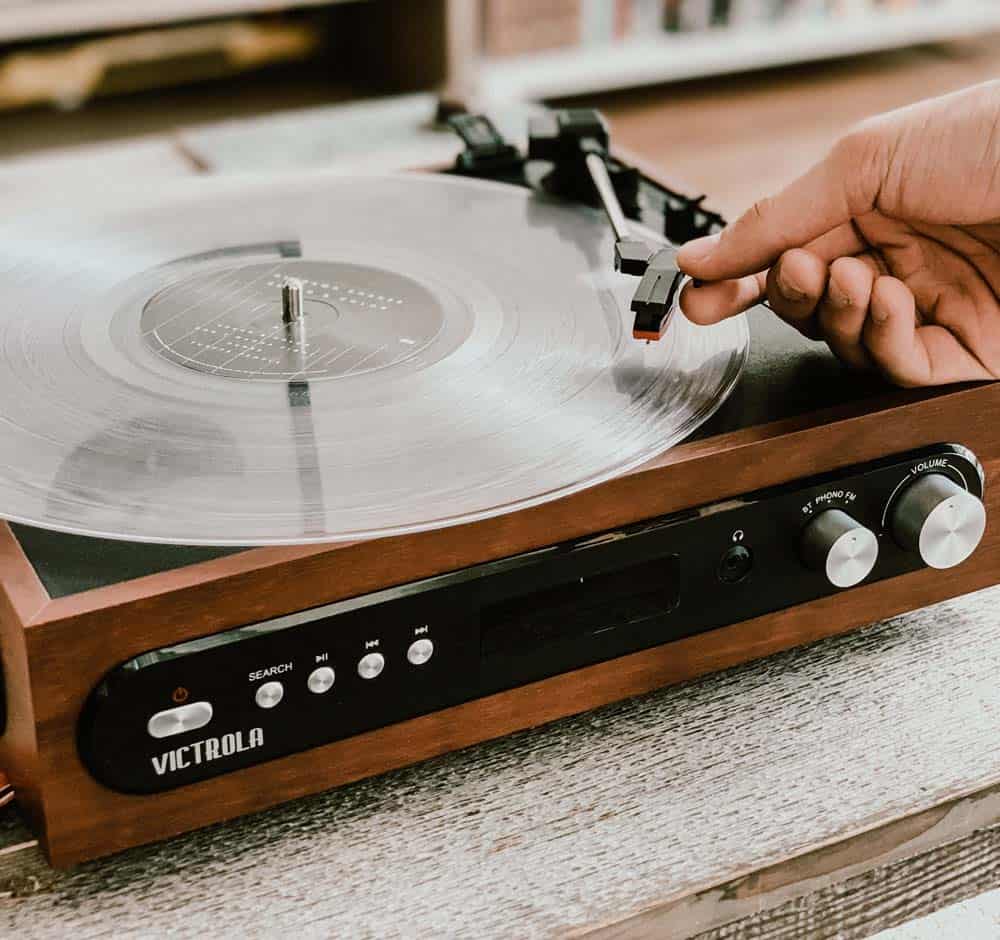
How to Play a Record from the Beginning
Embarking on your vinyl journey starts with understanding how to play a record from the very beginning. Here’s a step-by-step guide:
- Handle the Record: Start by removing the record gently from its sleeve. Remember, it’s best to hold the record by the edges and the labeled area to avoid leaving oils or residue on the grooves.
- Place the Record: Position the record on the turntable, aligning the center hole of the record with the spindle of the turntable. Ensure the side you wish to play is facing upwards.
- Set the Speed: Look for the speed listed on the record’s label. The most common speeds are 33 1/3 RPM for 12-inch LPs and 45 RPM for 7-inch singles. Set your turntable to the appropriate speed.
- Ready the Tonearm: If your record player has a cue lever, engage it to raise the tonearm. Then, gently swing the tonearm until the stylus (the needle) is positioned just above the outer edge of the record.
- Begin Playback: To play the record from the beginning, you must accurately position the stylus over the outermost groove on the record. This groove is the ‘lead-in’ area, which does not contain any music but allows the stylus to settle before the first track starts. Once the stylus is hovering over this area, gently lower the cue lever. The stylus will touch down onto the record and start traversing the grooves, converting them into the beautiful analog sound that vinyl is famous for.
Remember, patience and precision are key when playing a record from the beginning. It’s a unique part of the vinyl experience, offering an intimate interaction with your music that few other formats can match.
What Do You Use to Play a Record?
In the world of vinyl records, it’s the physical connection between you and the music that takes center stage. To create this magical auditory experience, you’ll need a few key components:
- Turntable: This is the primary device used to play a record. It consists of a platter where the record sits, a motor that spins the platter, a tonearm that holds the stylus, and various other elements designed to optimize sound quality.
- Stylus (Needle): The stylus, or needle, is a small pointed component that runs along the grooves of the record. As it travels, it picks up the vibrations encoded into those grooves, which are then translated into sound.
- Cartridge: The cartridge houses the stylus and transforms its vibrations into electrical signals. These signals are then fed to the amplifier for further processing.
- Amplifier: The signals received from the cartridge are often too weak to drive speakers directly, so an amplifier (or receiver) is used to boost these signals to a level that the speakers can handle.
- Speakers: Speakers take the amplified signals and convert them back into sound waves that we can hear. A good pair of speakers is crucial for a rich, full-bodied sound.
- Preamp: Some turntables require a preamp to match the signal level between the turntable and amplifier. However, many modern turntables and amplifiers have a built-in preamp, negating the need for a separate one.
- Vinyl Records: Last but not least, you need your favorite vinyl records. These are often available in different sizes and speeds, offering a wide range of music from various decades.
Whether you’re a seasoned audiophile or a newcomer to the vinyl scene, understanding what you need to play a record is a crucial step in your vinyl journey. It allows you to make informed decisions about your setup, ensuring you get the best possible sound from your beloved vinyl records.
Does Playing a Record Wear It Out?
This is a question that comes up often among vinyl enthusiasts and it’s a valid concern. The answer, however, is nuanced. Simply put, playing a record does cause some degree of wear, but with proper care and handling, a vinyl record can last for decades of regular play.
When a stylus navigates the grooves of a record, there’s a degree of physical contact involved. This contact, over time, can potentially lead to some wear and tear. However, the extent of this wear is highly dependent on a variety of factors including the quality and condition of your turntable setup, the condition of the record, and how you handle and store your vinyl.
A poorly calibrated turntable, a worn-out or damaged stylus, or excessive tracking force can significantly increase the rate of wear on your records. On the flip side, a well-maintained, high-quality turntable with a good stylus, properly set tracking force, and anti-skate adjustment can minimize this wear to almost negligible levels.
Furthermore, cleaning your records before playing and storing them properly when not in use can extend their lifespan. Dust and debris in the grooves not only distort the sound, but can also cause additional wear.
So, while playing a record does technically cause wear, it’s important to remember that vinyl is a format designed to be played. With a properly set up and maintained turntable, and by treating your records with care, you can keep enjoying your favorite vinyl for years, if not decades, to come. Remember, the joy of vinyl is not just in collecting, but in playing and experiencing the music.
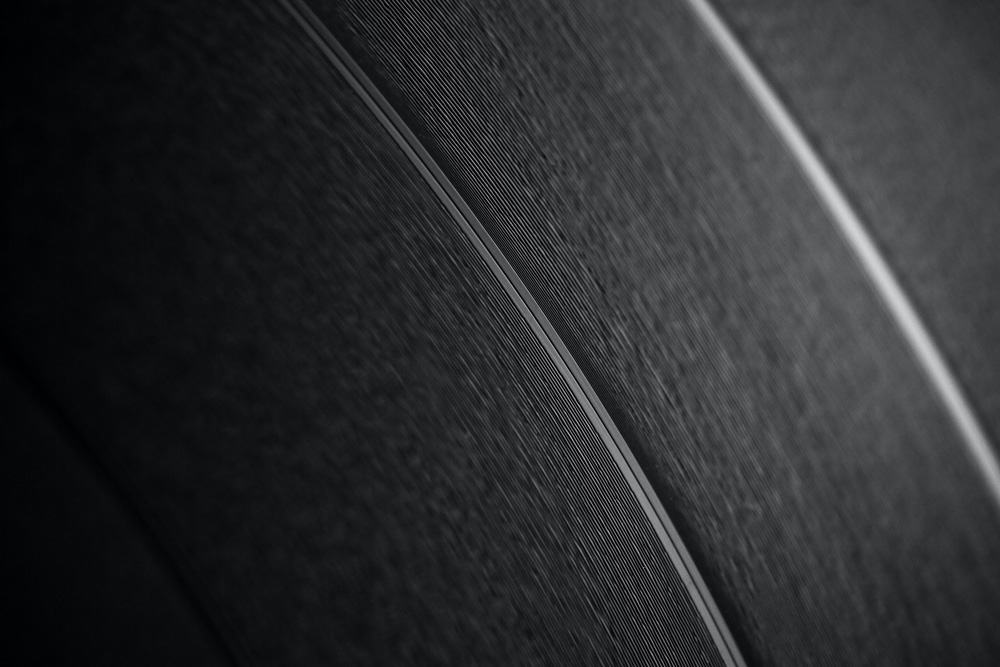
Troubleshooting Common Issues Playing a Vinyl Record
While playing a record is usually a smooth process, you may occasionally encounter issues like a skipping stylus, poor sound quality, or difficulty setting the correct speed. Fortunately, most of these issues can be solved by simple troubleshooting methods. Ensuring that your setup is correct, your equipment is clean, and that you’re following the guidelines outlined in this post will generally resolve most common problems.
Playing a Record: Conclusion
The art of playing a record is a journey, an immersive experience that blends tactile interaction with auditory pleasure. This journey invites the listener to participate actively in the music listening process, creating an intimate bond with the art of music itself. By understanding the basics and following the steps outlined in this guide, you’ll not only learn how to play a record but also gain a deeper appreciation for the nuanced world of vinyl records. Enjoy the sonic journey that awaits, one record at a time.
This blog post serves as a robust starting point for your vinyl adventure, guiding you through the process of playing a record. However, remember that there is always more to learn and explore in the rich and textured landscape of vinyl music. So, keep spinning those records, and let the music play on.
